Culture is a pattern of characteristics or shared behavior or belief of a particular group of people.
According to sociologists, Culture encompasses language, religion, cuisine, social habits, music, and arts that can be used by a group of people or used at a specific time.
Human beings use Culture to adapt or transform the world where they live in. So, let’s see how many cultures are there to explore the vast history.
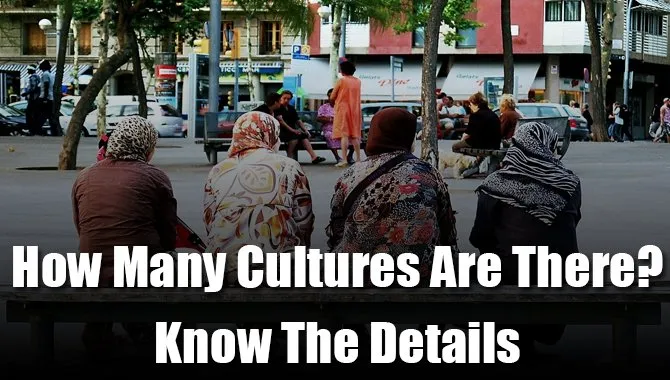
How Many Cultures Are There? Details
How Sociologists Define Culture?

Sociologists define Culture by both Non- material and material aspects. People’s attitudes, Values, Beliefs, practices are categorized in non-material Culture; also the material Culture is the things that humans make and use.
Though Culture defines by two aspects, they are intimately connected. Material culture can be shaped by Non-material Culture. In another word, what we value, believe, and know influences the things we make.
Similarly, Non-material Culture can be influenced by material culture. For example, a documentary film can change people’s attitudes.
Why Do We Need To Follow A Certain Culture?
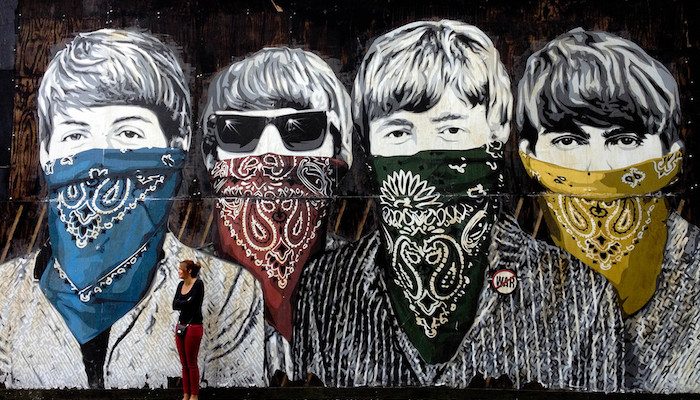
Culture is one of the most significant aspects of society. It plays a crucial role in our social lives for shaping social relationships, maintaining and challenging social order, determining to make sense of our place.
And, to live in a certain society, following its Culture is a must, because in many regions, not following their cultures properly is considered a bad crime.
From the dawn of civilization, people have created various types of cultures, each being drastically different from others.
Among thousands of known and unknown cultures available in the world, the maximum people of the world belong to the five major cultures that are spread out throughout the world.
They are- Western Culture, Eastern culture, Latin Culture, Middle Eastern Culture, and African Culture.
And these cultures also consist of many subcultures. Let’s find out more about these five major cultures, their traditions, dress, food, and lifestyle variants.
Western Culture
In today’s society, “Western culture” refers to the Culture of countries with a European heritage, as well as those that emigrated from Europe.
Western Culture can be defined by a diverse range of artistic, philosophical, literary, and legal themes and traditions, as well as Christianity, which has shaped Western civilization since at least the fourth century.
Political philosophy, widespread use of rational argument favoring freethought, absorption of human rights, the demand for equality.
It developed further with Christianization throughout the Middle Ages, Renaissance reform and modernization, and globalization by succeeding European empires between the 16th and 20th centuries, which extended European ways of life and educational systems over the world.
In today’s world, Western Culture has an influence on most nations around the world, and many people from other cultures tend to follow the western culture and consider it as the process of modernization.
Latin Culture
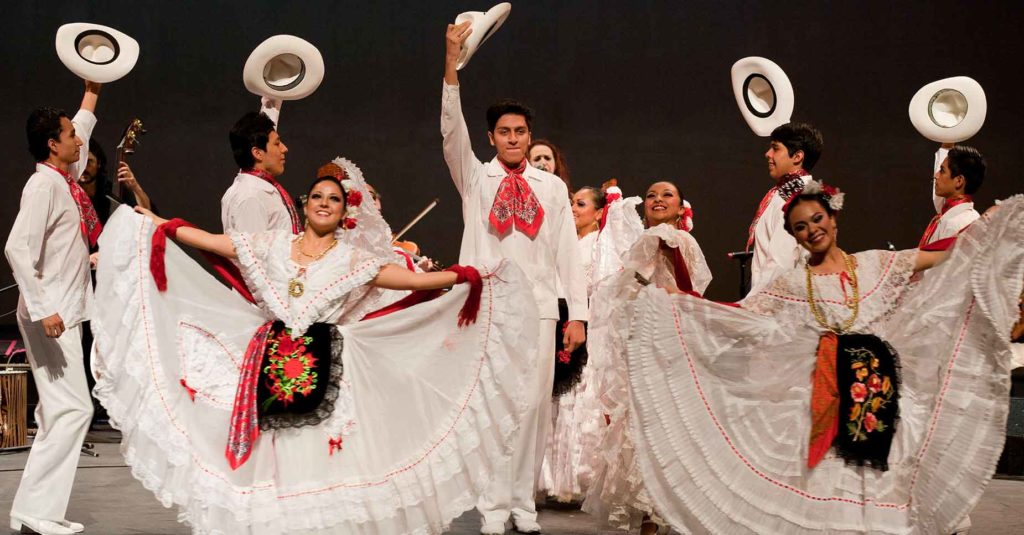
While the geographical region is vast, many Spanish-speaking countries are considered part of Latin culture.
Latin America is usually described as the areas of Central America, South America, and Mexico, where Spanish or Portuguese is spoken as the primary language.
French geographers coined the phrase “Latin America” to distinguish between Anglo and Romance cultures.
Latin American Culture has a rich, complicated, and diversified history, with several historical features, countries, peoples, and languages found inside its borders.
Despite this diversity, most Latin American countries have shared historical situations and occurrences.
To get a complete overview of the Latin Culture, some exciting facts about them are given below:
- Around ten percent of the population claims to be of pure European ancestry.
- Jaguars, toucans, manatees, and river dolphins are some of the endemic animals found alone in Latin America.
- It is home to the Amazon, the world’s largest rainforest.
- With 80 percent of its inhabitants living in cities, it is the world’s most urbanized continent.
Throughout history, Latin Culture has provided so many spectacular social and cultural expressions thanks to its extraordinary diversity.
Eastern Culture

The term eastern Culture refers to the societal rules of the Far Eastern Asian countries such as China, Japan, Vietnam, North Korea, South Korea, and the Indian subcontinent.
In addition to cultural norms, ethical values, customs, belief systems, and political systems, we also include a wide range of specific arts, crafts, and technologies.
The major characteristics of the Eastern Culture are given below:
- When it comes to clothes, customs, and other aspects of life, the inhabitants of Eastern countries are more traditional than those of Western countries.
- Eastern cultured people honor their elders or parents by touching their feet, and many of them bow as a way of greeting and apologizing to visitors.
- People in the East are notoriously rigid in their views and beliefs. They are not easily persuaded to compromise or question long-held habits and traditions.
- In Eastern countries, arranged marriages are widespread. They are usually organized by the couple’s parents or other elders. They believe that love blossoms only after marriage.
So overall, the eastern Culture follows more traditions compared to others, but gradually they are hugely influenced by Western Culture.
And, nowadays we are seeing a huge change to the eastern Culture in the process of adopting this new Culture.
Middle Eastern Culture
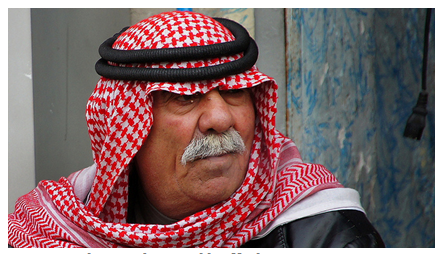
- The Middle Eastern Culture is undoubtedly the most expensive and luxurious Culture that you find among all the cultures.
- There are many countries in the Middle East and North Africa region. And, the Culture they follow is mainly known as the middle eastern Culture.
- Though this Culture is created by many countries combining together, there are some significant common characteristics between them.
- Arabic, Persian, Turkish, Berber, Kurdish, French, and English are all widely spoken languages throughout the Middle East and North Africa.
- Because it connects the three continents of Asia, Africa, and Europe, the Middle East is known as the world’s crossroads.
- There are more Muslims in Europe and North America than in the Middle East. Muslim populations in South Asia outnumber those in the Middle East and North Africa together.
- In the Middle East, Arabic is the most widely spoken language. It is spoken by roughly 300 million people globally and is the official language of more than 20 nations.
- Parts of today’s Middle East have been linked to some of the world’s earliest civilizations. Egypt, Sumer, Assyria, and Babylonia are examples of these civilizations.
So basically, a huge population with luxurious lifestyles and ways of living forms this middle eastern Culture.
African Culture
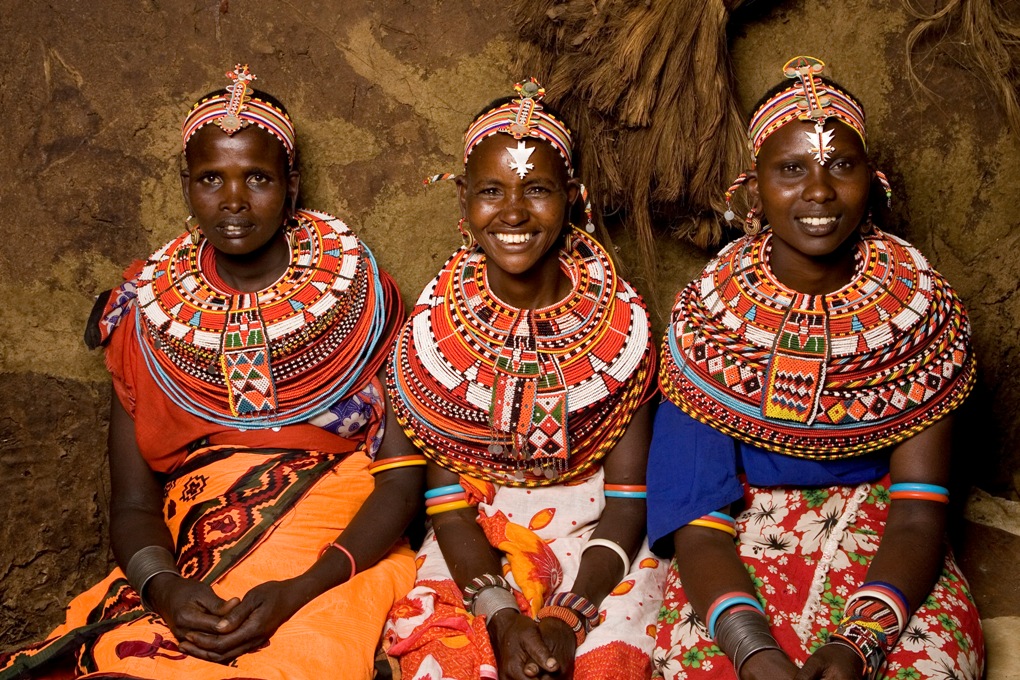
A number of tribes, ethnicities and social groups live in Africa, and their own ways of living, food, traditions, and dresses are mainly the African Culture.
There are many ethnic groups throughout the 54 countries on the continent, which is one of the main features of this Culture, whereas Nigeria alone consists of up to 300 tribes.
That is why African Culture has the most diverse and versatile Culture. Their traditions are quite different not only from other cultures but also from their very own tribe to tribe.
Each ethnic group’s culture is centered on family and can be found in their art, music, and oral literature. People in Africa speak a diversity of languages, follow a range of religions, and live in a variety of housing types.
The clothing worn in Africa differs from north to south, as well as according to religious beliefs and customary rituals.
Some civilizations dress in bright colors, while others dress in muted tones with gleaming threads and minimal jewelry.
So overall, the African Culture shows more versatility than any other culture with its huge number of tribes and different people.
A Map of Gender-Diverse Cultures
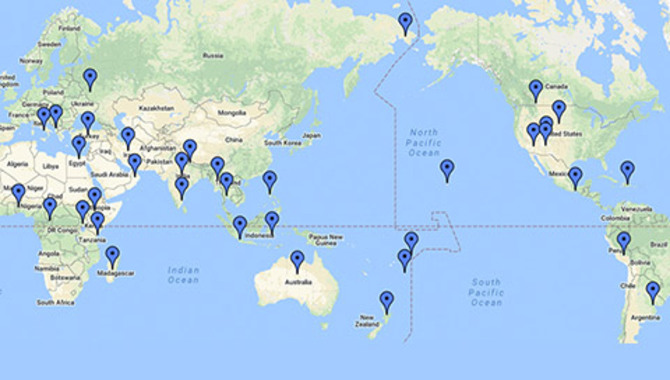
Generally speaking, gender-diverse cultures exist in all corners of the world. This map displays 31 countries that have at least one gender-diverse culture represented.
The countries in the map are broken down by region (North America, Europe, Asia, South America) and by continent (Africa, Australia/New Zealand, Central America/Caribbean).
The gender-diverse cultures represented on this map include cultures that identify as transgender, genderfluid, nonbinary, two-spirit, and more. This map was created as part of a course on gender and culture taught at the University of Utah.
It includes a variety of different cultures, including ones that identify as transgender, genderfluid, and non-binary. The goal of the course was to help students understand different perspectives on gender and to foster an appreciation for diversity.
Conclusion
Whatever Culture a group of people belongs to, one thing is certain; it will change over time. In our interconnected globe, which is made up of so many ethnically varied societies, Culture appears to have become increasingly important.
While change is unavoidable, it is equally important to honor and preserve the past. The United Nations Educational, Scientific, and Cultural Organization (UNESCO) was established to identify cultural and natural heritage and to conserve and protect them.
Most importantly, we all are humans, and we need to respect every other Culture. No matter in which way they lead their life, we shouldn’t interfere with their lifestyle or should never do anything that hurts other cultures people.
So with that being said, we have covered every Culture belonging on earth, different cultured people’s lifestyles, traditions, and other notable characteristics. I hope now you understand the fact How Many Cultures Are There.
FAQs
How Many Different Cultures Are Out There?
There are an immense number of cultures in the world, and each one has its own unique customs, recipes, and ways of life. Here are just a few examples:
African – With its diverse landscape ranging from deserts to rainforests, Africa is home to a myriad of cultures.
Chinese – With over 1.3 billion people living in China, there is a lot of diversity when it comes to cuisine and culture. From Sichuan to Cantonese, Chinese food is known for its complex flavors and intricate preparations.
Arab World – Spanning from North Africa all the way to the Middle East, the Arab world is home to some of the most ancient cultures in the world. From Cairo to Damascus, there is something for everyone when it comes to Arab culture.
Indonesian – Indonesia is home to over 300 million people who speak over 250 languages. This results in a wide variety of cultural traditions and culinary preferences. Some popular Indonesian dishes include Minangkabau cuisine (from West Sumatra) and Javanese cuisine (from Java).
What Are the Outcomes of a Tendency to Form Cultures?
A tendency to form cultures can have a variety of outcomes, depending on the culture in question. Some cultures may thrive and be very successful, while others may fail miserably. The outcomes of a culture can also depend on the individuals that are part of that culture.
For example, some people may find that they enjoy the culture and want to stay with it, while others may find it oppressive and want to leave.
How Many Different Cultures Are Out There?
There’s no one answer to this question – it really depends on your definition of “culture.” Generally, though, cultures can be broadly classified into two categories: Western and Eastern.
Western cultures are typically characterized by their focus on individualism and freedom. They value knowledge and progress above all else, and tend to be more tolerant of different cultures and religions. Eastern cultures, on the other hand, are typically more collectivist in nature and place a greater emphasis on tradition and social order.
So, while it’s impossible to say definitively how many different cultures there are out there, it’s safe to say that there are a lot more than what we’re familiar with!
How Many Cultures Are There in the Philippines?
There are over 200 ethnicities and cultures in the Philippines, many of which have their own unique language and customs. Some of the more prominent cultures include the Cebuan, Hiligaynon, Ibanag, Ilocano, Ivatan, Kapampangan, Karbi, Kalinga, Lamba, Lumad, Maguindanao, Mamanwa, Mangyanoi, Maranao, Masbateño and Yakan.
There’s no one right way to experience the diversity of the Philippines – whether you’re a tourist looking for a cultural adventure or a resident seeking to learn about the many different people and cultures that make up this beautiful country. So go ahead and explore – you won’t be disappointed!
Which Cultures Value Eye Contact and Which Consider It Rude?
There is no one-size-fits-all answer to this question, as the cultural values of different countries will vary. However, some general trends that can be observed include the following:
Countries that value eye contact tend to be those where social interaction is highly valued, such as East Asia and South Korea. On the other hand, countries that consider eye contact to be rude, such as France and Italy, tend to have a more indirect society where communication is done through body language and gestures rather than direct eye contact.
There is no one-size-fits-all answer to this question, as the cultural values of different countries will vary. However, some general trends that can be observed include the following: Countries that value eye contact tend to be those where social interaction is highly valued, such as East Asia and South Korea.
On the other hand, countries that consider eye contact to be rude, such as France and Italy, tend to have a more indirect society where communication is done through body language and gestures rather than direct eye contact. Always consult your local embassy or consulate for the most up-to-date information on customs in your destination country.

I’m a writer and blogger who loves to talk about entertainment, culture, and relationships. I love to share my thoughts and insights on these topics, and I’m always looking for new ways to engage with my readers. I’m also a big fan of learning new things, so I’m always exploring new areas of interest.
